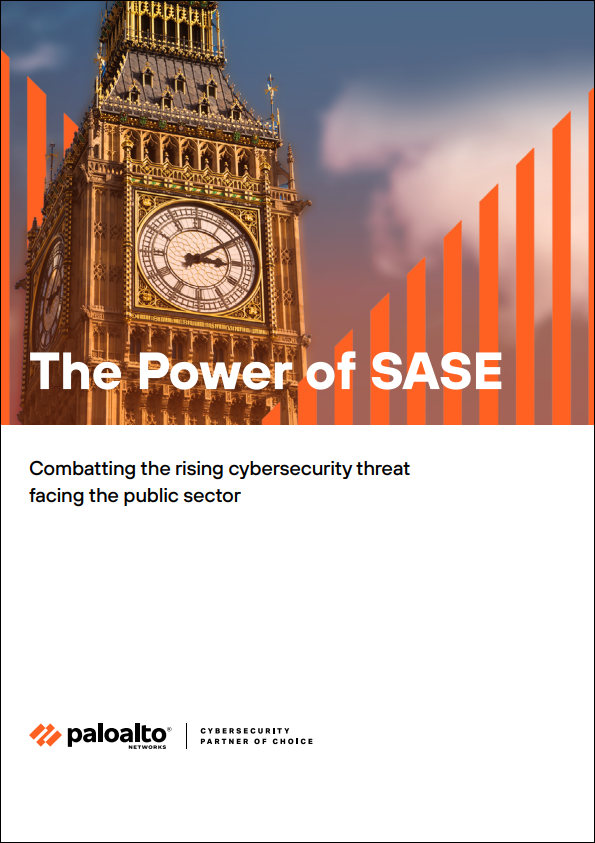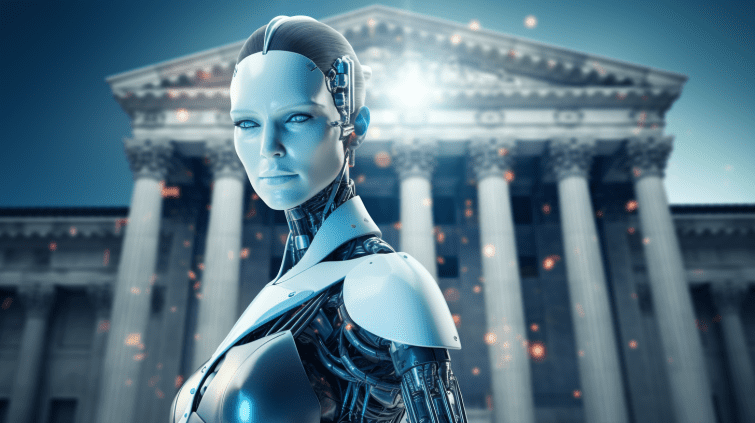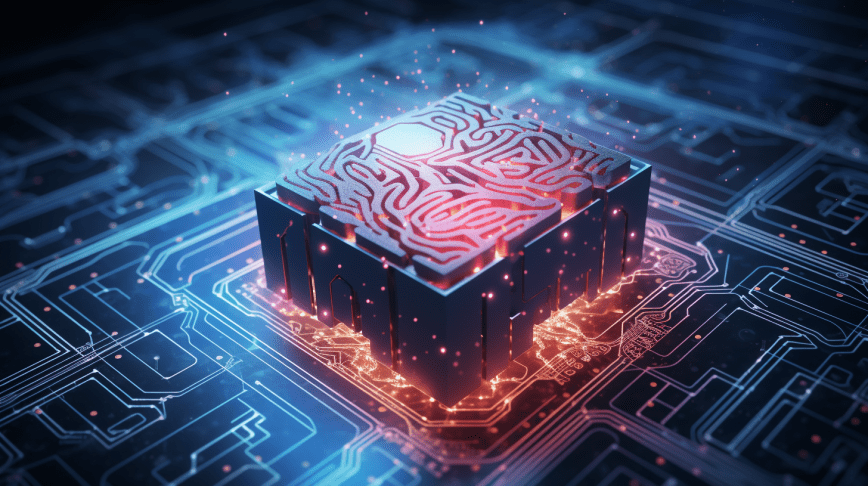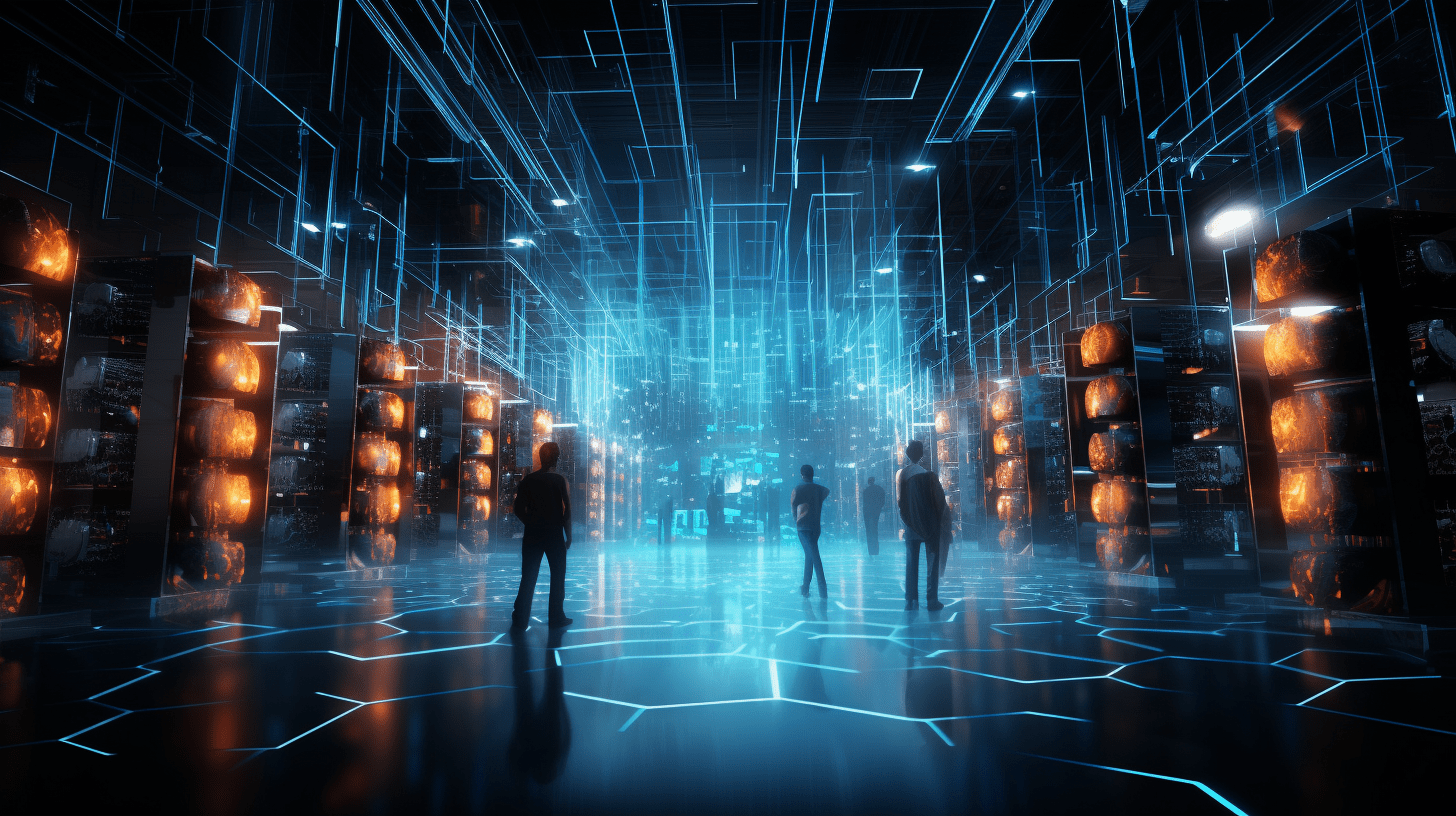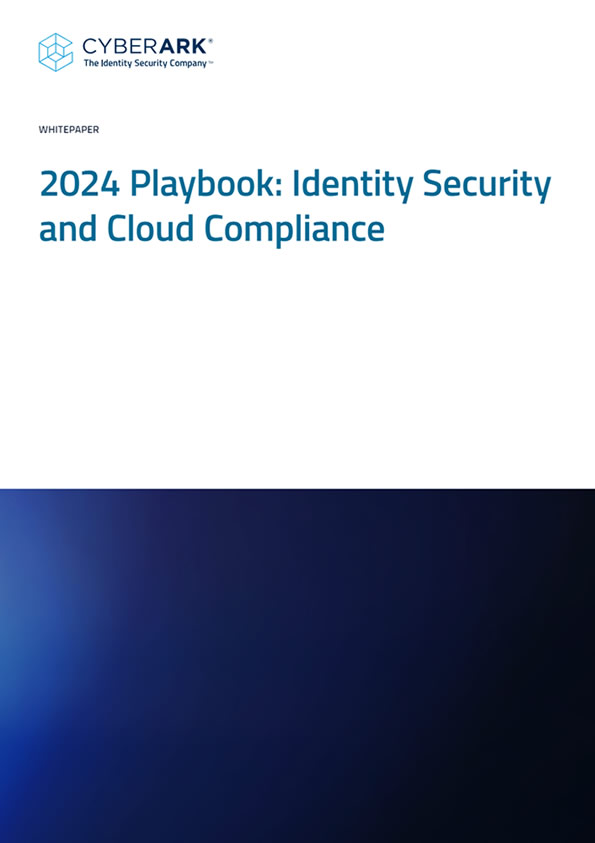AI-generated art has been controversial since its invention. Many artists claim their work has been used, without their consent, to train AI models. This results in a proliferation of copycat art and the devaluation of original artists’ work. But that’s not the only point of confusion around the ethics of AI-generated images. As it’s such a new technology, we still don’t know what laws apply. Now, a US court has ruled that AI-generated images can’t be copyrighted.
DABUS Loses AI-generated Image Copyright and Patent Claims
U.S. District Judge Beryl Howell has ruled that only work with human authors can be copyrighted. The Copyright Office had rejected an application made by computer scientist Dr Stephen Thaler for his system, DABUS (Device for the Autonomous Bootstrapping of Unified Sentience).
He also just lost out on some bids for US patents, for features he claims are original to DABUS. It’s a similar story with his patent applications in other countries. His lawyer, Ryan Abbott expressed disappointment at the copyright ruling and said they would appeal.
Are Any AI-Generated Images Okay?
It’s an ongoing debate, whether AI-generated images should be used. In the wrong hands some wonder whether they could be used to spread misinformation or in scams, similar to the fears around deep fakes.
An artist who uses Midjourney as part of their creative process also lost out on a copyright application recently. Meanwhile, several lawsuits are going through the courts about copyrighted work being used to train AI-models. It’s a deeply complicated area, with so many unprecedented situations. No doubt, the law will have to adapt.
Beryll Howell, the judge who ruled in the case, said…
“We are approaching new frontiers in copyright as artists put AI in their toolbox,” raising “challenging questions”… “This case, however, is not nearly so complex”
Conclusion
AI-generated art, at least for now, won’t be able to be copyrighted. Of course, that’s just the ruling in the US. Each country around the world will have to decide what to do for themselves. It seems that these technologies, whether we like it or not, are here to stay. So, what should we do about it?
